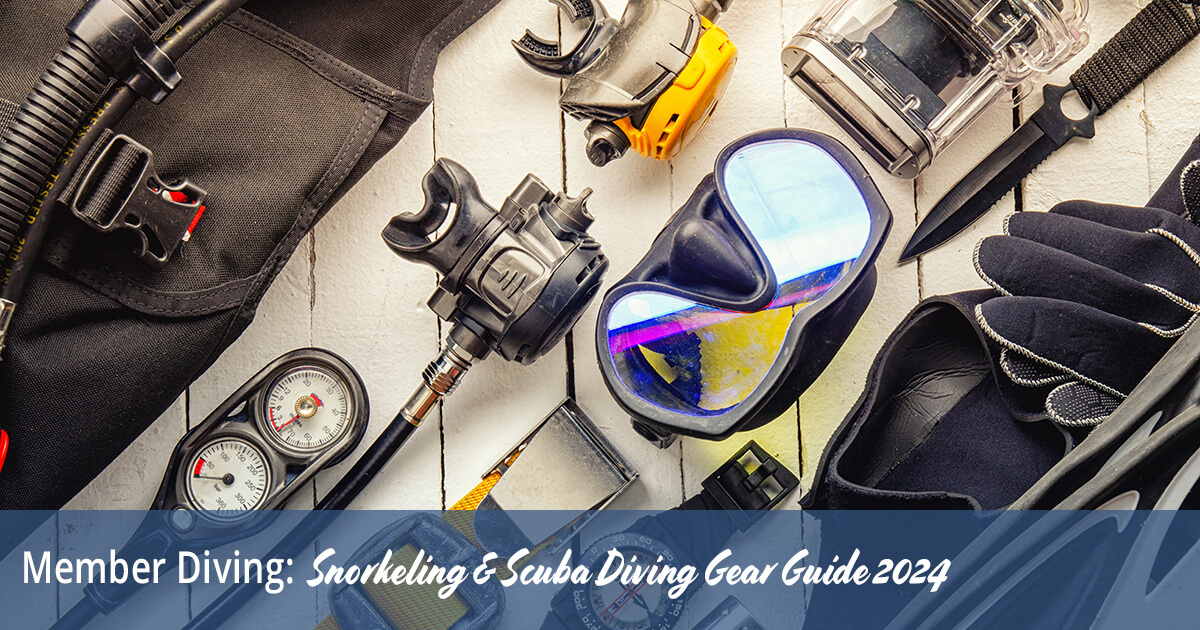When it comes to exploring the underwater world, having the right equipment is crucial. Snorkeling and scuba diving are two popular aquatic hobbies that allow people to see the amazing beauty under the waves. Each activity requires specific gear tailored to enhance safety, comfort, and functionality. In this blog post, we’ll break down the basic equipment necessary for both snorkeling and scuba diving, helping beginners understand what they need to get started.
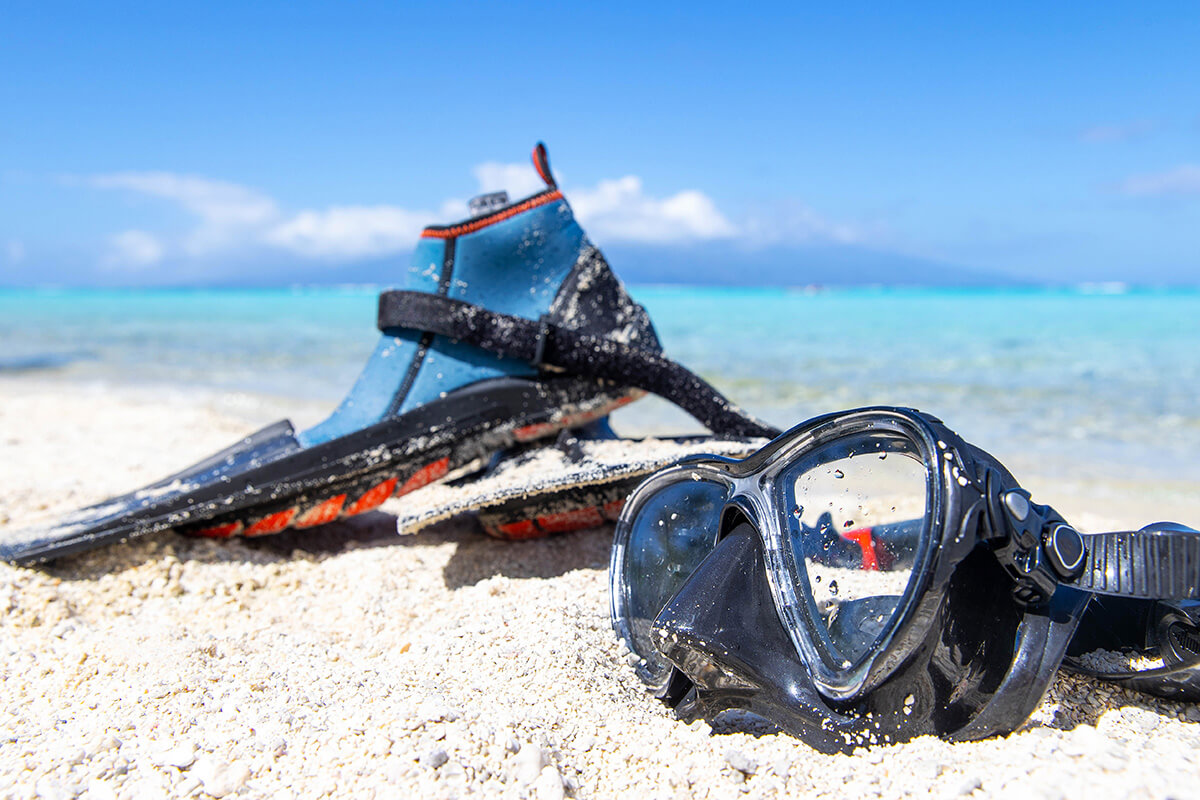
Snorkeling Essentials
- Snorkel: The snorkel is a fundamental piece of gear that allows you to breathe while floating face-down on the surface of the water. Traditional snorkels are simple tubes, but newer models may include features like a dry or semi-dry top that helps prevent water entry, and a purge valve for easier clearing of water.
- Mask: A decent snorkeling mask creates a seal around your face, keeping water out while still allowing you to see clearly underwater. Look for masks with a silicone skirt for comfort and durability. A proper fit is essential; the mask should stick to your face without straps when you inhale through your nose.
- Fins: Fins increase your swimming efficiency and help you move through the water with less effort. For snorkeling, shorter fins are sufficient and easier to use, especially for beginners. They are also lighter and more travel-friendly compared to the longer fins used in scuba diving.
- Protective Gear: Depending on the water temperature and environment, you might also consider wearing a rash guard or a wetsuit top to protect against sunburn and abrasions. Additionally, water shoes or reef boots can protect your feet from sharp rocks and hot sand.
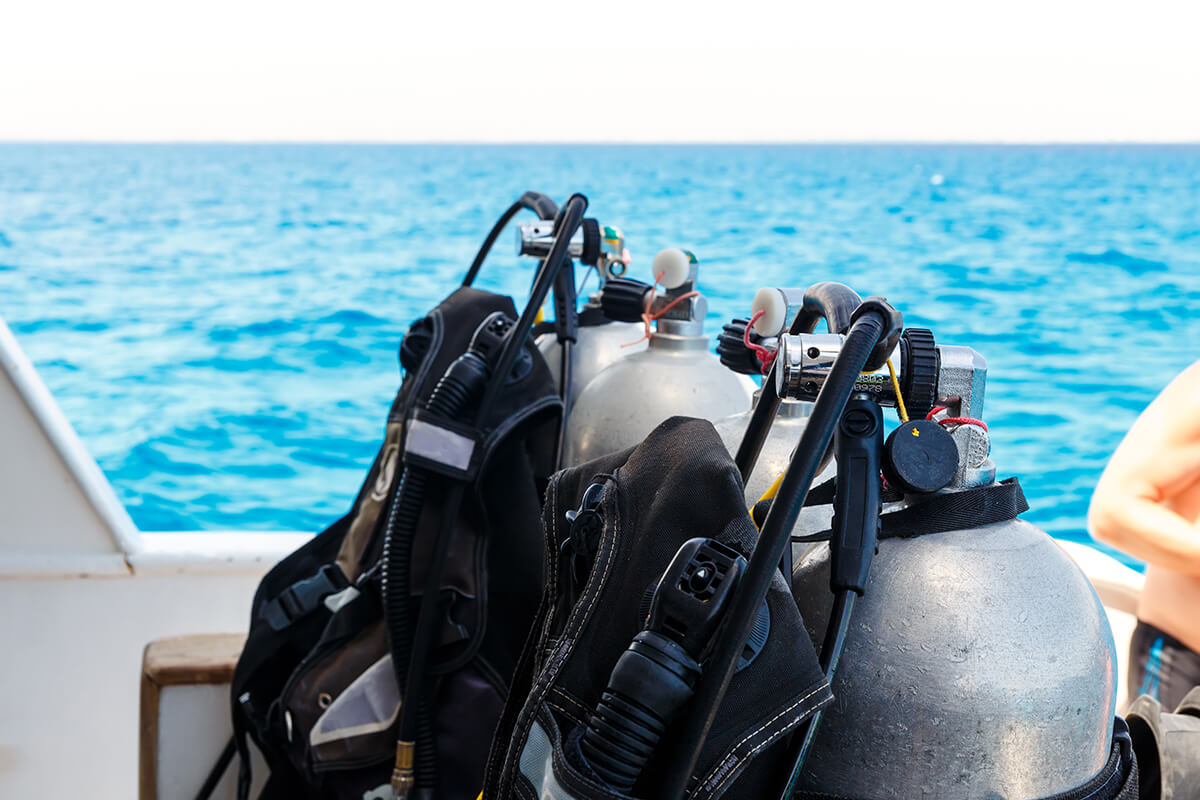
Scuba Diving Gear
Scuba diving equipment is increasingly extensive, allowing divers to breathe and function comfortably at deep for longer periods of time.
- Dive Mask: Similar to snorkeling, a high-quality dive mask is vital. Scuba masks typically have a stronger build and sometimes a higher volume to withstand increased pressure underwater. They may also include the ability to insert corrective lenses.
- Scuba Fins: Scuba fins are longer and more robust than snorkeling fins, providing more power and efficiency. They come in two main styles: open-heel with adjustable straps and booties for colder water, and full-foot for warmer water.
- Wetsuit/Drysuit: The choice between a wetsuit and a drysuit depends on the water temperature. Wetsuits composed of neoprene provide insulation by trapping warm water against your body. Drysuits seal out water completely and are preferred in colder environments.
- Scuba Tank: The scuba tank is perhaps the most recognizable piece of dive equipment, providing the air or gas mixture you breathe. Tanks vary by material—aluminum and steel—and capacity, affecting buoyancy and dive duration.
- Regulator and Octopus: The regulator attaches to the tank valve and delivers air at a breathable pressure. It has a primary second stage (mouthpiece) and often an additional second stage called an octopus or alternate air source for emergencies.
- Buoyancy Control Device (BCD): The Buoyancy Control Device (BCD) is a vest that allows you to adjust your buoyancy underwater. By adding or releasing air from the BCD, divers can hover, ascend, or descend in the water column. It also holds the tank and has pockets for weights and accessories.
- Dive Computer: A dive computer is a useful tool for tracking your depth, time underwater, ascent pace, and decompression condition. It uses this information to keep you within safe diving limits.
- Weights: Weights counteract your natural buoyancy and that of your gear, especially the wetsuit. They are typically worn on a belt or integrated into the BCD.

Additional Accessories
Both snorkelers and scuba divers might carry additional accessories depending on their needs and the conditions:
- Underwater camera: To capture the sights of your adventures.
- Dive knife: For safety and utility under certain circumstances.
- Dive light: A must for exploring caverns or diving at night.
- Surface marker buoy: Used to notify your position to boats overhead upon surfacing.
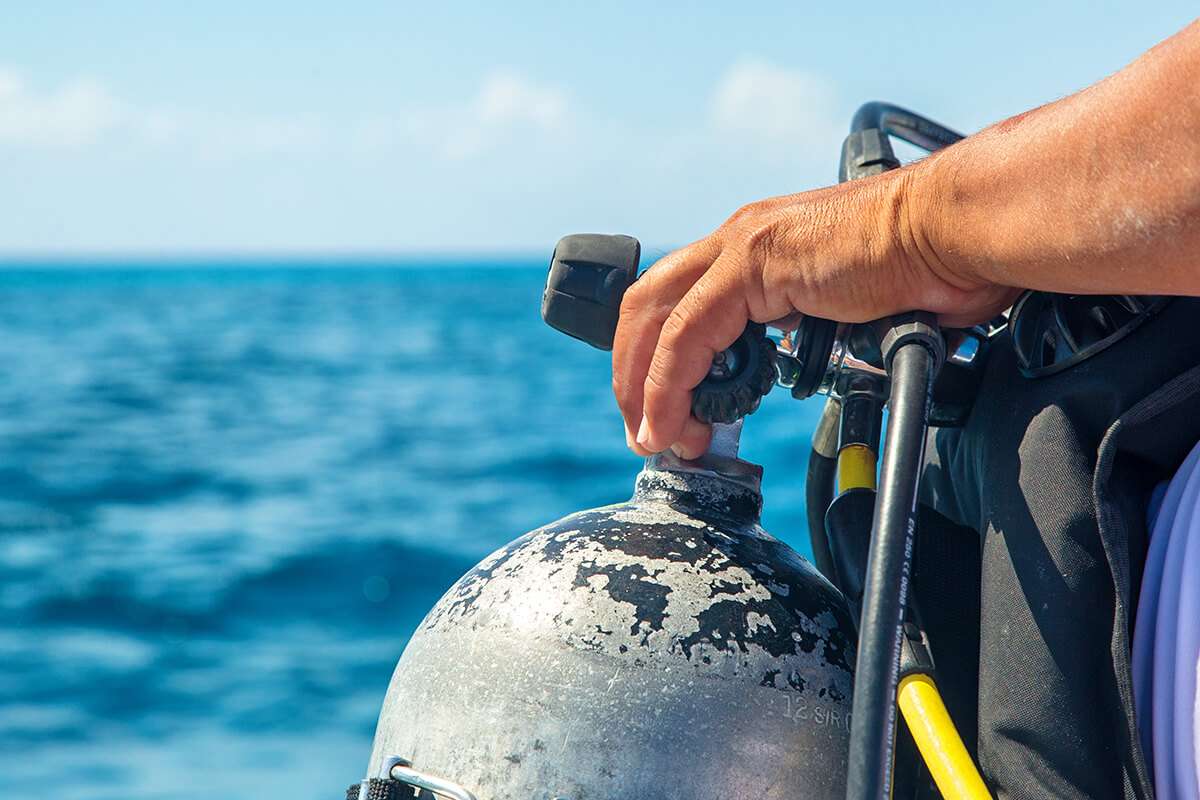
For beginners in either snorkeling or scuba diving, it’s advisable to start by renting equipment or taking guided tours. This approach allows you to try different types and brands of gear to find what works best for you before making a significant investment. Furthermore, training with a licensed instructor is essential for scuba diving to assure your safety and comfort while utilizing the equipment appropriately.
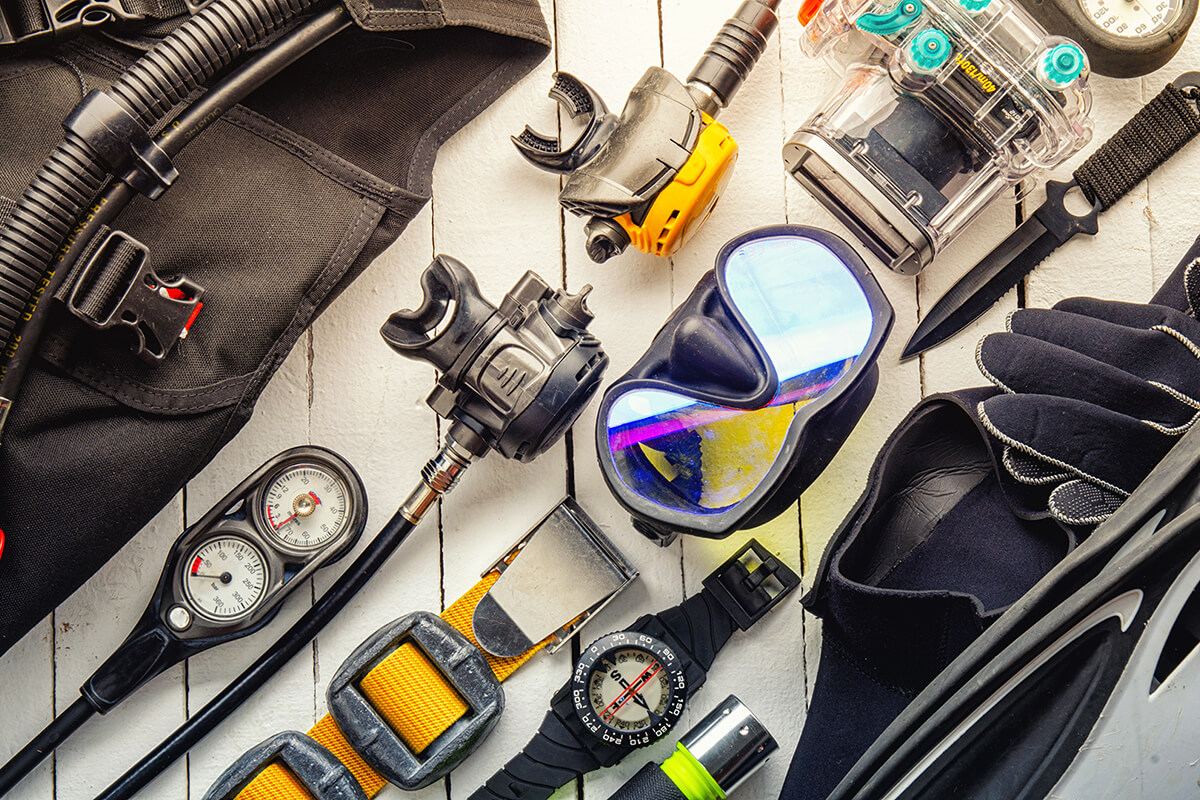
Conclusion
Whether you’re floating on the surface or exploring deeper waters, the right equipment will make your underwater experience safer, more comfortable, and more enjoyable. By understanding the basic gear required for snorkeling and scuba diving, you’re well on your way to starting an exciting journey into the aquatic world. Remember, each piece of equipment serves a purpose, and getting familiar with their uses will greatly enhance your diving and snorkeling adventures.





